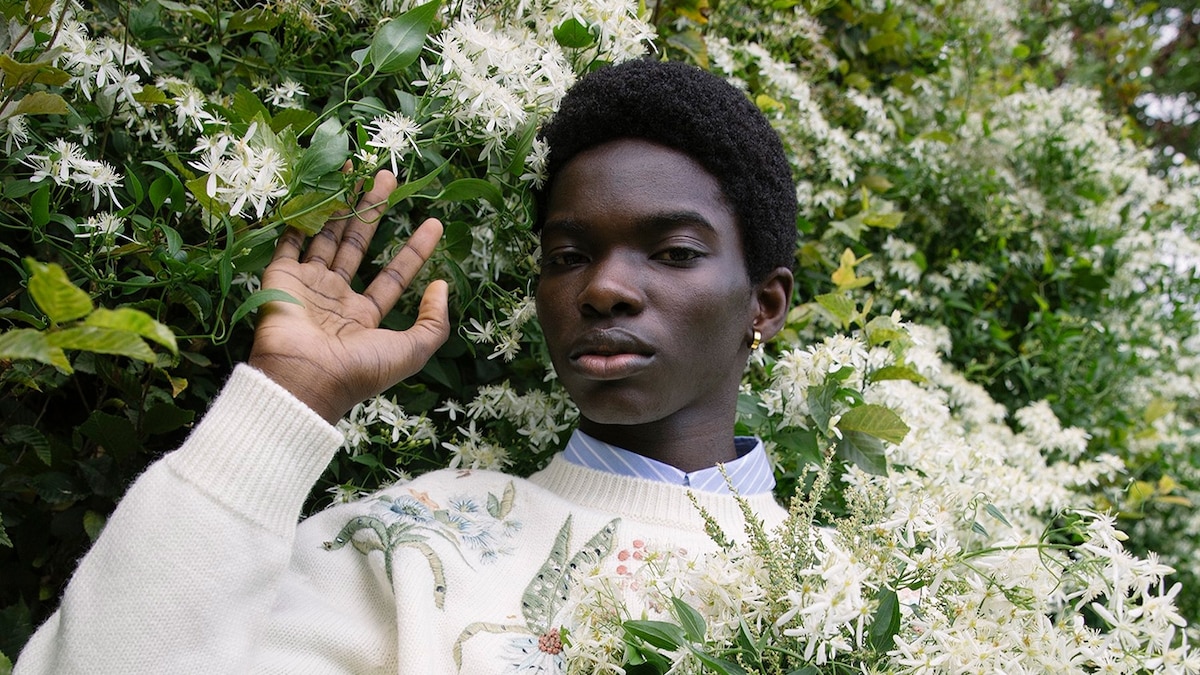Capturing photos of people can be an opportunity to capture and showcase their personality, send a message, and tell a story. I’m a photographer based in New York City, and have taken photos of musicians, athletes, politicians, actors, and others for everything from ad campaigns to magazine shoots and movie posters.
(See Nat Geo’s best pictures of 2023.)
Here are some tips to keep in mind as you take your own portraits.
Be decisive but make room for collaboration
Having your photo taken can be nerve-wracking. To ease your subject’s anxiety, you want to be confident, calm, and decisive. Lead the shoot by walking them through the process, including how many shots you have planned, and showing them the different locations and styling choices.
If you have time, get their feedback about a proposed shot. During the shoot, check in and see if there are changes that will make the subject more comfortable. If you’re on a time constraint, be decisive and prioritize getting the job done.
Prioritize needs and wants
Ask yourself: who are the stakeholders in this project? For me, the order of priority is the needs of my client (often different from the subject), my needs and wants for my portfolio, then the subject’s requests. In an ideal world, everyone can be satisfied—but with real-world constraints, follow your own order of priority.
Test the light
With any lighting situation, test the light by having your subject (or someone else) turn in a circle so you can see how light changes on their face. You can assess in the moment—for example, you might personally want side light, but you find the person looks better lit from the back.
If you’re shooting in natural light, open shade (where your subject is in the shade with the sun above them) is very safe. If you want to do something a little bit more edgy, try shooting with side light or full frontal light. I think it’s also important to be aware of the broader environment: A big faux pas is shooting in open shade without realizing that it’s sunny further in the distance—which can result in the image getting blown out.
It’s important to have a clear idea of what you want the shoot to be—and plan for your first choices to not work out. Say I fall in love with a shot and the subject comes in and says “I just shot there last week, I don’t want to do that.” Or your tests look great in a certain light and angle, but the subject doesn’t. You have to be able to pivot on a dime. There’s so many things that can happen, so you have to be prepared to do something completely different.
